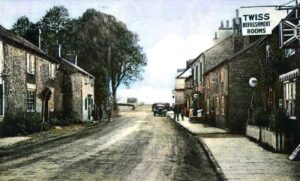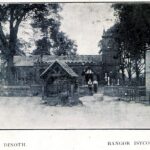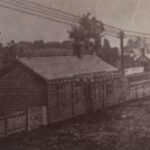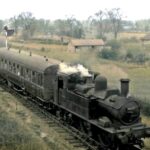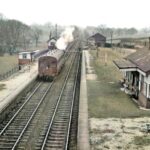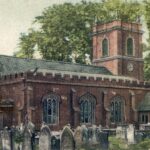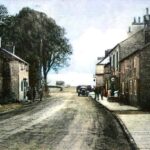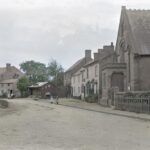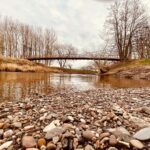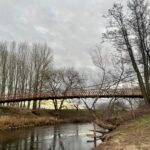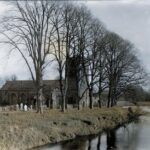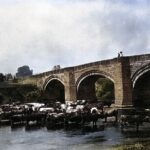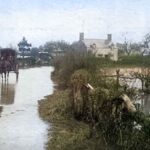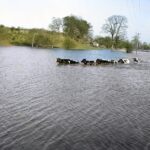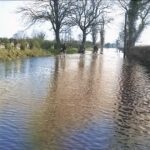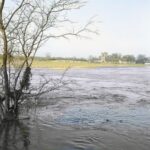Bangor Isycoed
Bangor-is-y-Coed (Englsh:Bangor-on-Dee) is a village in Wrexham County Borough on the banks of the River Dee.The anglicised name refers to the village’s proximity to the River Dee. However, the older Welsh name, Bangor-is-y-Coed (or Bangor Is-Coed) literally means ‘Bangor’ (a settlement with a wattle enclosure) ‘below the wood/trees’. Until 1974 it was in the exclave of Flintshire known as the Maelor Saesneg, and from 1974 to 1996 in the county of Clwyd.
The name ‘Bangor Monachorum’ (‘Bangor of the monks’), which seems to have been the preferred form in legal documents, is first recorded in 1677. The earliest recorded use of the name ‘Bangor Isycoed’ or ‘Bangor Is-coed’, the more common usage, dates from 1699.
In the fifth and sixth centuries, the area was dominated ecclesiastically by the monastery of Bangor, which was established in about A.D. 560 by St. Dunawd, the first Abbott. The monastery was destroyed in about A.D. 616 by Aethelfrith of Northumberland; when, according to Bede, (writing his ‘History’ in the following century), twelve hundred monks were slaughtered and only fifty escaped with their lives. No trace of the monastery remains – some authorities believe that it lies under the present course of the River Dee.
The settlement at Bangor is likely to have continued after the destruction of the monastery, although it was not mentioned in the Domesday Book, and it was an important site for pilgrims. A village was certainly in existence by 1300, when the present church of Saint Dunawd is believed to have been built. By the late 1690s, the historian Edward Lhuyd recorded that the village still had only 26 houses, but by the end of the 19th century it had significantly expanded, including a free school, a coaching inn, a shop, further houses and a brewery.
The five-arched stone arch bridge across the River Dee dates from about 1660 and it is believed to have been built by Inigo Jones. A 1903 suspension bridge by David Rowell and Co. is nearby at Pickhill Meadows.
Bangor had a station on the Cambrian Railways’ Wrexham to Ellesmere line which crossed the River Dee via an iron bridge to the north of the village. This line was opened in 1895 and ran through an entirely rural area. The line closed for passenger services in 1962.

